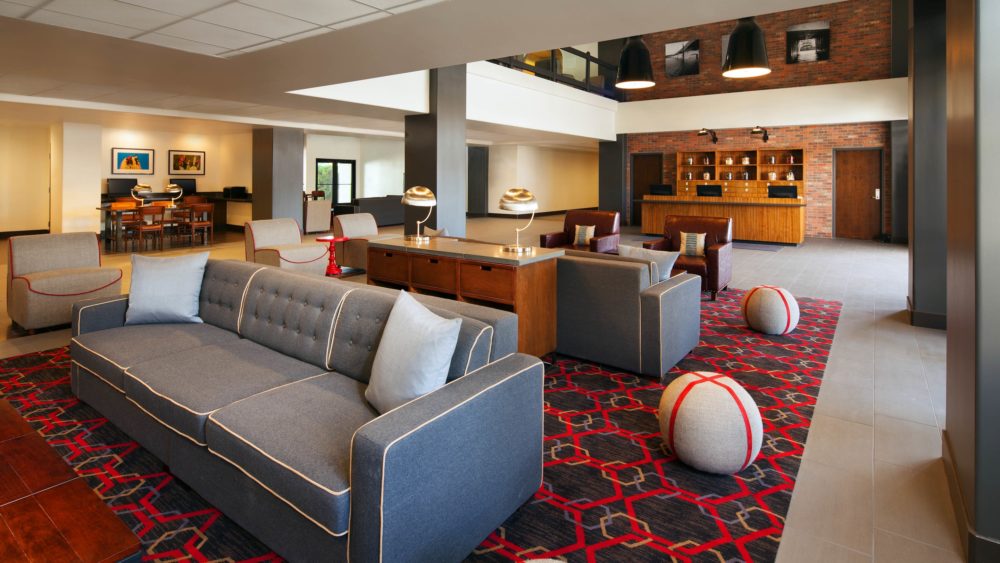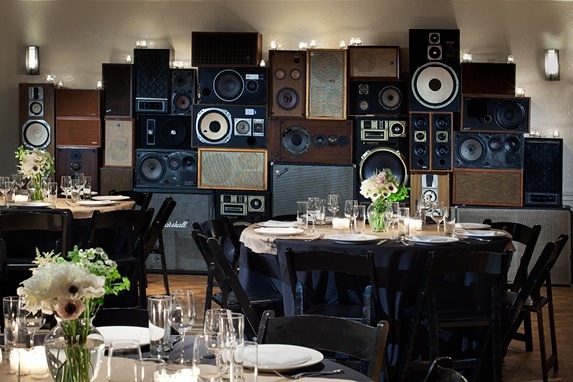The next wave in hospitality
Investment in the hospitality business is booming. We continue to see constant transaction activity across the United States. The industry has chosen its darlings – the select service upscale brand collection – and they continue to form most of the pipeline of new rooms on market.
These years have been exciting. Good for business. But as the same hotels transact over-and-over-and-over again, the ceiling is inevitable. The next evolution of hospitality is overdue. The market is wondering ‘what’s next?’
The past 10 years’ economic cycle has risen tides for thousands across the country, and social media has (depressingly) created FOMO in all generations. It’s not just snowflake-entitled-lazy-avocado toasters seeking adventure on mom-and-dad’s money, it’s mom-and-dad spending their own savings with a hope to experience the world they provided their children before they die. The wealth gap is increasing yet all Americans – liberals and conservatives alike – are seeking the exact same thing.
The entire hospitality business – I count Airbnb in this as well – hasn’t been ready for the individualized emotional experience our guests expect at all points on their next journey. Hotel brands have responded by adding sub-brands and piles of select-service rooms, most of which loosely following the same hyper-current aesthetic, to try and prescribe these emotions for middle-class patrons. Different brands but still the same, homogenous look, feel and experience at all of them. Not the goal.
Airbnb has pushed to grow revenues too as the ceiling beckons, featuring ‘curating’ units to increase commissions on room sales while trying to convince customers that they are still focused on experience. It hasn’t worked. Room tax issues, expensive units, and the lack of security has hurt but, most importantly, the host-individual interaction that created the feeling of a personally guided ‘visiting the place the locals do’ trip Airbnb built their business on has been lost. Your Airbnb host is rarely an individual with a vacant house, but rather a professional with many guests to look after. Another upscale select-service hotel brand, basically. The magic that made Airbnb special is fading.
Both have missed the target. The affordability and appeal for an exploding demographic is missing.
The opportunity, to me? Economy and lower-midscale brands for the modern traveler.
The economy pipeline, outside of the Motel 6 monster, has been empty. Best Western ceded their territory by kicking economy properties to the curb. Super 8 (Wyndham) and Quality Inns (Choice) are dominant in their franchises but belittled by modern travelers as ‘not for them’. The task, if we choose to take it, is simple: create unique and affordable offerings.
Of all the fluff brands created in the past 10 years, IHG is the only one to commit to an economy/midscale brand. This is shocking to me. This segment can and will grow around the world. There’s demand for hostels for a reason. I can’t understand why the commitment has not been made. Millions of travelers seek affordable rooming and find nothing newer than 1980.
That’s the opportunity I see. First one of us to do it wins.









